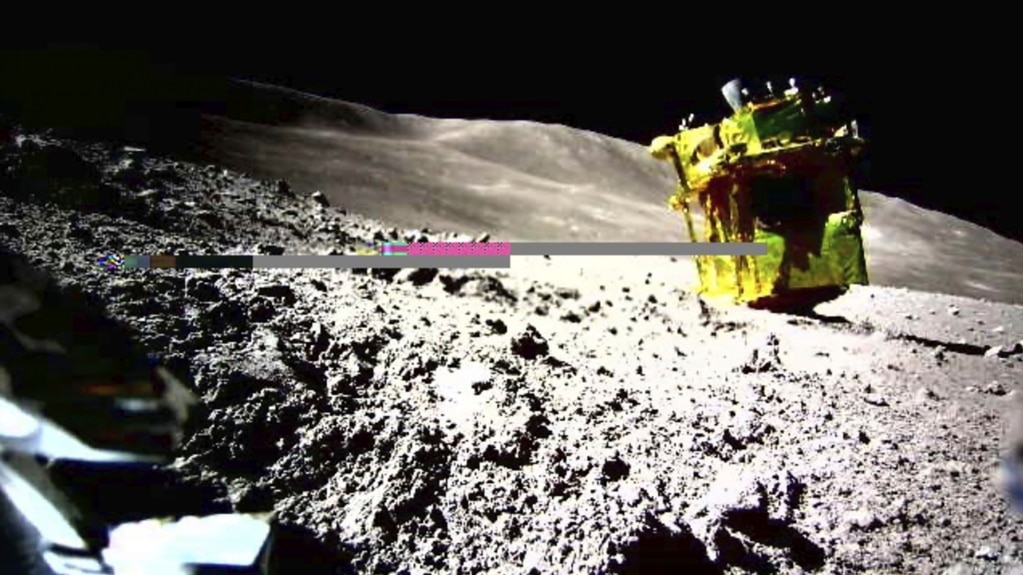Japan’s space agency says a spacecraft that landed on the moon earlier this month has regained power and is continuing its mission.
Officials from the Japan Exploration Agency (JAXA) said Monday they had successfully reestablished communication with the SLIM moon explorer.
SLIM touched down on the moon on January 20. But the spacecraft landed the wrong way up. Its solar equipment was unable to see the sun. JAXA said SLIM was likely able to regain power because of a change in the sun’s direction.
After the landing, JAXA used the spacecraft’s battery power to gather as much data as possible about the touchdown and the surrounding area. The power was then turned off to wait for the sun to rise higher in the lunar sky.
Mission officials have said the explorer landed within 55 meters of its target near the lunar equator. It also landed in between two craters in an area covered in volcanic rock. JAXA said these results demonstrated progress in what it calls “pinpoint” landing technology.
Past moon missions generally aimed to hit flat areas at least 10 kilometers wide. But the ability to land on very exact targets is expected to help support future space vehicles traveling to the moon and other places.
The main purpose of the mission was to test the possibility that spacecraft can land on very specific targets. But SLIM is also capturing images and released two small explorers. The explorers are designed to examine mineral-rich rocks and collect data on the moon’s development.
JAXA has not named a specific date for when SLIM will end its operations on the moon. But the agency has said in the past that the lander was not designed to survive a lunar night. The next lunar night begins on Thursday.
The mission made Japan the fifth country in the world to successfully land on the surface of the moon, after the United States, the Soviet Union, China and India.
I’m Bryan Lynn.

